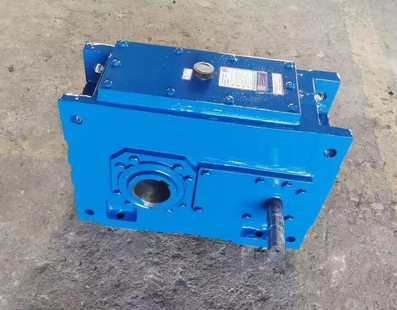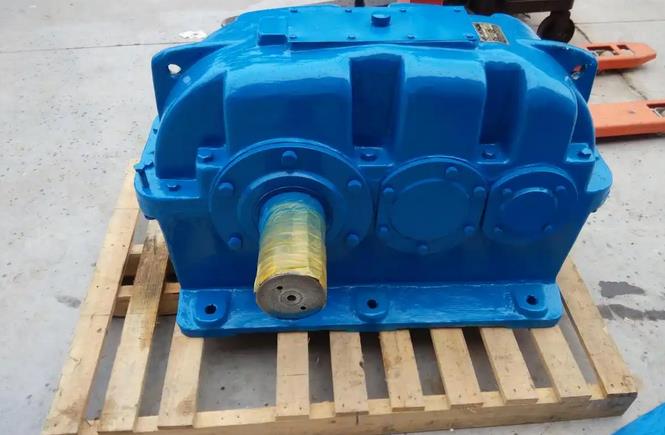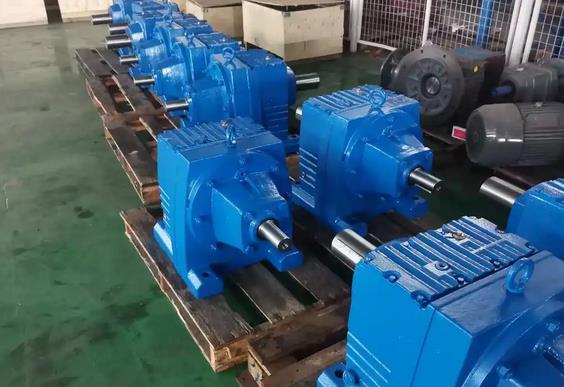Apart from the housing structure, what other factors can affect the performance of high-power H1SH industrial gearboxes?
In addition to the box structure, the following factors can also affect the performance of high-power H1SH industrial gearboxes:Materials and Manufacturing Accuracy of Gears
In terms of materials, gears made of high-strength low-carbon alloy steel through carburizing and quenching have high tooth surface hardness, and the hardened layer has an ideal residual compressive stress distribution along the tooth profile, which can significantly improve the root bending stress and tooth surface contact strength, and increase the gear's load-bearing capacity. If the material selection is improper, such as using soft tooth surface materials in heavy-duty transmission, it is easy to produce plastic deformation due to yielding, causing tooth profile deviation, and even leading to problems such as tooth surface bonding failure.

In terms of manufacturing accuracy: the higher the gear accuracy, the smaller the vibration and noise during the transmission process, and the smoother the operation. High power gearboxes operating at high speeds require higher gear accuracy. Choosing a 4th level accuracy can basically meet the stable and reliable operation requirements under some harsh alternating working conditions. Manufacturing errors can lead to tooth profile errors, cause meshing impacts, affect load distribution uniformity, and reduce transmission efficiency and gear life.
Performance and selection of bearings
In terms of performance, bearings, as the main load-bearing components, work in harsh environments and withstand complex loads, and their performance directly affects the lifespan of gearboxes. For example, under low-speed heavy load conditions, it is difficult for bearings to form good lubrication conditions, which can easily lead to failure problems such as wear and contact fatigue. The rolling elements of rolling bearings come into contact with the inner and outer ring points, resulting in high contact stress. The cage is prone to deformation and failure, as well as pillar fracture or detachment during improper installation and overload operation; Sliding bearings have surface contact and are commonly used in areas with high load-bearing requirements. However, insufficient lubrication can cause wear, and severe deterioration of lubrication conditions can also lead to adhesive wear.
In terms of selection: The linear velocity of the bearing shell and the specific pressure of the bearing are important selection criteria. Generally speaking, to reduce design difficulty, the linear velocity of the bearing shell should be controlled below 120m/s, and the specific pressure of the bearing should be controlled below 3MPa. At the same time, suitable types of bearings should be selected based on specific working conditions and load characteristics. For example, when bearing large axial loads, tapered roller bearings can be considered.
Design and maintenance of lubrication system
In terms of design, appropriate lubrication methods should be selected based on the working conditions and structural characteristics of the gearbox. For example, splash lubrication is suitable for gearboxes with circumferential speeds between 2-14m/s, and pressure lubrication is suitable for gearboxes with circumferential speeds greater than 14m/s. It is also necessary to choose the type and amount of lubricating oil reasonably, as well as the layout of the lubrication system, to ensure that the lubricating oil can continuously flow to the meshing points of the gears, providing good lubrication and heat dissipation for components such as gears and bearings.



